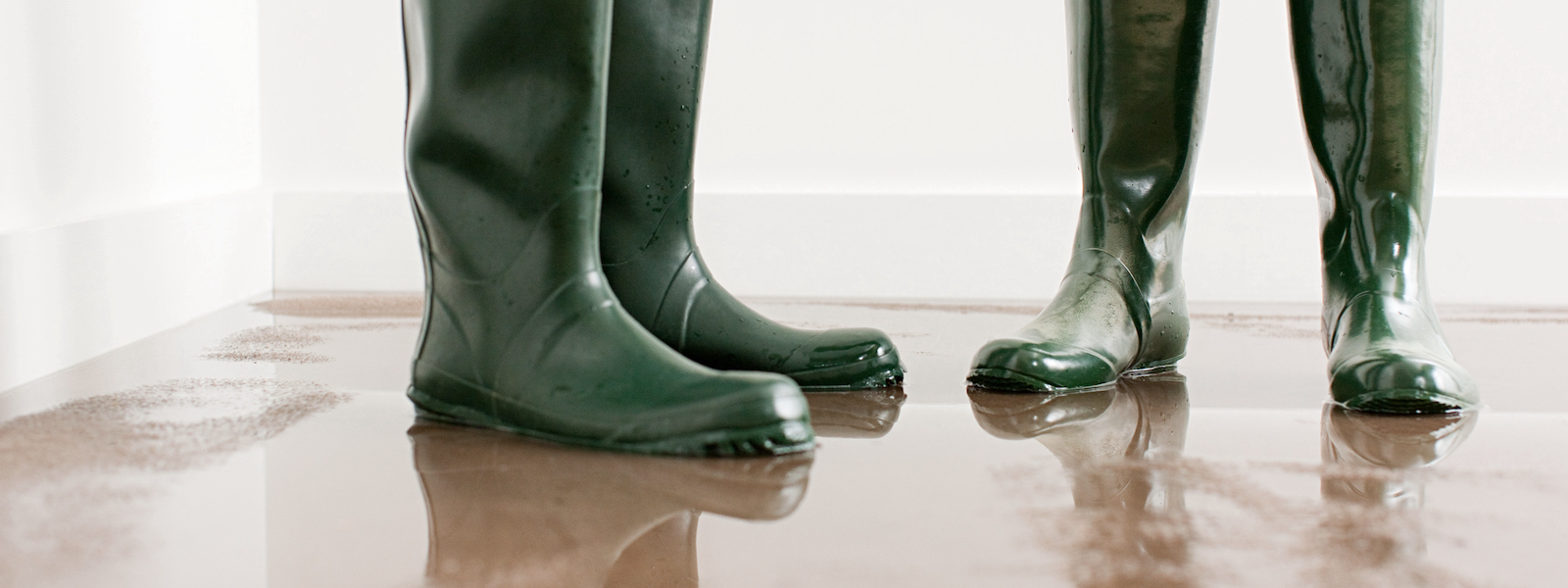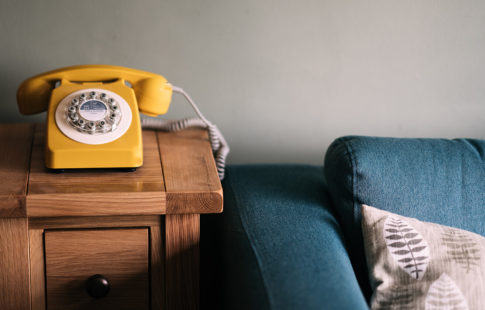House floods can happen for a lot of reasons, including rising ground water, falling rain water, or a home water system malfunction. House floods can be sudden, and unfortunately they often leave behind a path of destruction. If you’re unable to prevent flooding in your home, there are ways to recover after the disaster strikes. Keep these eight steps in mind when you’re getting back on track and completing house flood repairs.
1. Find out if you’re in a disaster area.
When a city or region has been deemed a disaster area by the government, there will be better access to resources and public services to help assess the damages. If you’re living in a designated disaster area, it may also mean that you’ll have better financial assistance. You can find out more information through the Federal Emergency Management Agency.
2. Contact your insurance company.
Call your insurance company as soon as possible after a flood to find out what is and isn’t covered by your homeowner’s and other insurance policies. Determine the extent of your coverage, then let your representative know the damages you see to your home and what repairs need to be completed immediately. Ask your insurance company whether you should wait for a property inspection before starting on house flood repairs.
3. Take photos of the damages.
It is wise to document the full extent of the damages caused by the flood before you begin to make repairs or remove any of the water. Ensure that pictures and videos you take are saved on your phone and backed up on a hard drive or your computer so that there’s no chance of losing any evidence. The extent of your coverage could depend on the photographs you take, so make sure to send them to your insurer immediately.
4. Watch out for contaminants.
Your well-being comes first, even before the well-being of your home. Water damage could potentially involve contamination due to sewage issues or household chemicals. Be sure to wear protective, waterproof clothing inside your home, including rubber gloves. It’s also a good idea to get rid of any food that might have come into contact with the flood water and to boil your water supply until you know it’s safe to consume as normal.
5. Remove the flood water.
After speaking to your insurance company and getting the go-ahead, remove as much of the water as you can from your home. Sump pumps and wet vacs are available to rent at most hardware or home supply stores. When cleaning, make sure your home is well ventilated and open doors and windows so that fresh air can circulate around the house. And remember that water can be heavy—especially if you’re carrying large buckets of it—so be sure not to strain yourself during the process.
6. Alleviate potential mold damage.
Within a day or two of a flood, mold will begin to develop in your home and could cause even more issues. In order to keep mold from creating additional damage to your house, remove anything and everything that is wet. (This includes carpets and bedding.) You can salvage these items if they’ve been wet for less than two days by having them professionally dry cleaned.
7. Fortify your property.
After a house flood, you’ll want to ensure that no additional damages occur. Secure broken windows by boarding them up and utilize a tarp (or two) to protect your roof. If your home is still livable, keep yourself and your family safe by taking precautions around the house, like having flashlights and extra batteries on hand.
8. Avoid further house flood risks.
To avoid further risks or surprises in the future, make sure that your home is safe to live in by checking your house for visible structural damage. Any warping, loose or cracked areas in the foundation, or holes need to be fixed immediately. Contact your local utility companies if you have any suspicions that your water, gas, electric, or sewer lines have been damaged.






